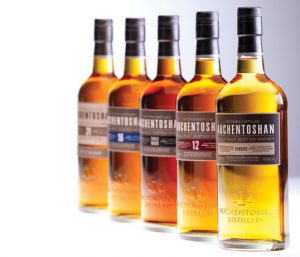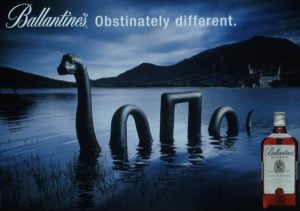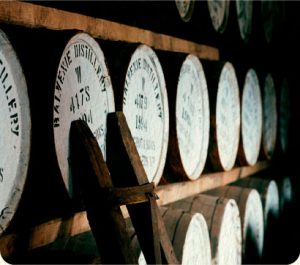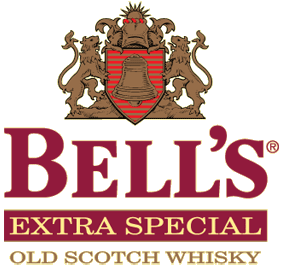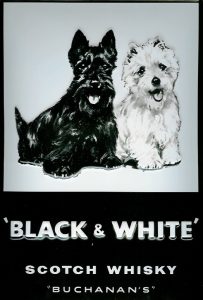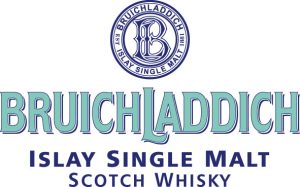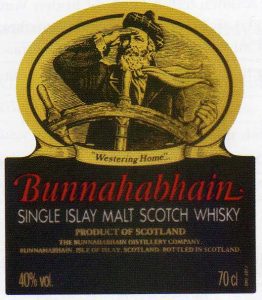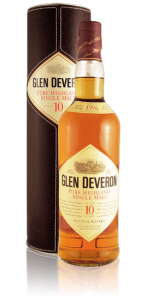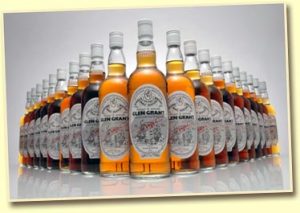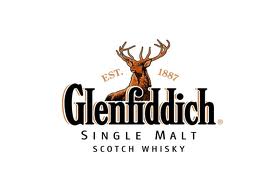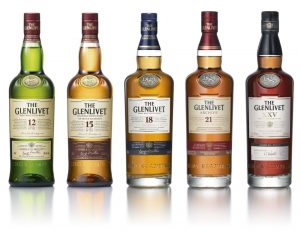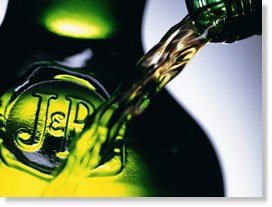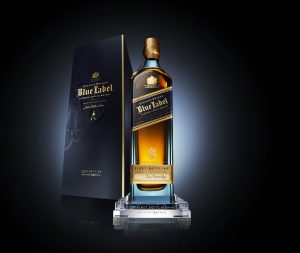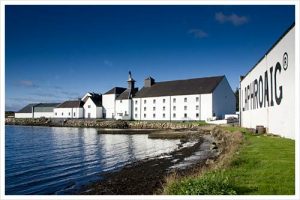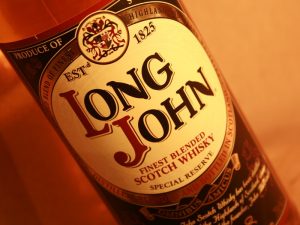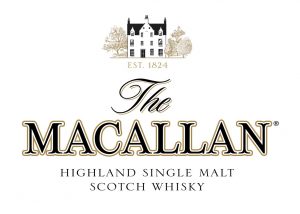Scotch Whisky
Alcoholic drink produced in Scotland obtained from the distillation of cereals.The Scotch Whisky Act of 1988 came into force in 1990, defines "Scotch Whisky" a Whisky with the following characteristics: it must be produced in a distillery in Scotland with water and malted barley, with the addition of only whole grains of other cereals, and everything must be soaked at the distillery; converted into a fermentable substrate only by endogenous enzyme systems; fermented only with the addition of yeast; must be distilled at an alcoholic volume of less than 94.8% so that the distillate has an aroma and taste derived from the raw materials used in the production; must be seasoned in a customs warehouse in Scotland in oak casks of capacity not exceeding 700 liters for a period not less than 3 years; must preserve the color, the aroma and flavor given by the used raw materials and by the method of production and aging; must not have the addition of substances other than water and caramel. The Scotch Whisky Act 1988 prohibits, among other things, the production of Whisky in Scotland that is not Scotch. The Scotch Whisky Act 1988 and the European Community legislation specify a minimum alcoholic strength by volume of 40% applicable to all bottled Scotch and/or sold in the Community or exported from it.The name derives from the Gaelic translation of the Latin aqua vitae, that is uisge beatha, which deformed in usque, then became a Whiskey and Whisky.The first document that speaks of a barley distillate in Scotland is the Scottish Exchequer Roll, dated 1494, which sets the supply of "Eight bolls (about one ton) of malt to Friar John Cor wherewith to make aqua vitae" ("boll" was a Scottish measure equivalent to about 25 kg). It seems that already Henry II of England, when he invaded Ireland in 1172, discovered that the practice of grain distilling was usual. In the sixteenth century with the advent of the Protestant Reformation, the monasteries were suppressed and this led to the spread of the art of distilling out of the monastic communities and the subsequent progress.It was discovered that with multiple distillations the obtained product is more refined: R. Holinshead, in his Chronicles of 1578, distinguishes the simplex, obtained after two distillations, the composite - after three distillations and the perfectissima - after four.The enormous spread it had in that time is testified by an Act of the Scottish Parliament of 1579 which forbade the distillation of the Aqua Vitae, with the exception of that produced for personal use, as this was impacting negatively on the supply of cereals for food.In 1786, only in Edinburgh, it seems that for eight declared distilleries existed at leat 400 underground. The peak of this situation was reached during the visit of King George IV in 1822 to the Scottish capital, who, wearing for the occasion the typical dress of the Highlands, asked a Glenlivet claiming not to drink other, but at the time, the Glenlivet was a Scotch Whisky distilled illegally! So in 1823 the Royal Commission promulgated the "Law for the elimination of illicit distilling," the Excise Act: in England the duty and the import restrictions were decreased in order to encourage the authorized distillation. At the beginning of the next century the Duke of Gordon, owner of large territories in Scotland, was among the first to accept the reform and to encourage his tenants and, in 1824, George Smith of Glenlivet, under the tutelage of the Duke, took the first official license for distillation.In the two years immediately following Robert Stein invented the first continous still or column still, called patent still, where the distillation was done in one step. The device was perfected by Aeneas Coffey, who created a more efficient version with two distillation columns. The Coffey still was used by all types of cereals distilleries of Lowlands. In 1865 was issued the Blendig Act, that marks the beginning of a new era for Scotch Whisky since officially gave birth to a drink made by mixing the Whisky of the Highlands, from the very strong taste, and those of the Lowlands, fairly neutral and without character.The blended had a great success, creating a large commercial competition between the distilleries, it was then created the first group of Lowlands distilleries, which became the Distillers Company Limited, the Whisky industry giant. Towards the end of the nineteenth century, there was recorded a sensible growth of Scotch Whisky industry, due to the spread in 1880 of phylloxera in the French vineyards that made almost disappeare the Cognac market. From this derived the opening of many new distilleries that, inevitably, brought down prices and, together with the beginning of World War I and the Prohibition in the United States in 1920, the situation seemed almost desperate. That difficult situation perpetrated even after the end of the war, because a few available cereals was neccesary to feed the population, and only around 1950, with return of the prosperity, the Whisky industry began to flourish. The production takes place in four areas of Scotland, divided as follows:1 - Highlands, the land to the north by an imaginary line running from the east coast near Perth to the west coast just to the north of Dumbarton. This area, being very wide, produces Whisky with completely different characteristics that can be divided into five groups:Northern Highland, from Inverness area to the county of Wick, where produced Whisky are usually soft and not too peaty, have a range of flavors to the palate that change from dry to fruity and don't show that salty aftertaste of Single produced in the areas swept by ocean winds of the west coast; Southern Highlands, around the County of Perth and to the west of it, have a softer and lighter character;West area, from Oban to Fort William, produces mellow and slightly smoked Whisky;Island, the Scotch Malt Whisky Society includes in the Island also Orkney Islands, with Highland Park and Scapa, with its characteristic peat mixed to heather, the island of Mull, with light Tobermory and peat Ledaig, the Isle of Skye with its only one distillery producing Talisker, with the particular marine flavor, and the island of Jura with its sweet and spicy namesake; Speyside, the heart of the production of Scotch Whisky, there are produced pure malts such as Macallan, Glenlivet, Glen Grant. The city of Elgin, Keith, Dufftown, Grantown are all between the Spey Valley and three main confluents: the Avon, the Livet and the Fiddich, that provide excellent water neccessary for production; 2 - Islay, an island in the Hebrides archipelago, is characterized by a soil consisted almost entirely of peat that, used during the malting process, brings a unique taste of smoke and algae. There are eight active distilleries products of which can be grouped into two families: Bowmore, Caol Ila, Bruichladdich, Port Ellen and Bunnahabhain, fresh, floral, with a light hint of peat; Lagavulin, Ardbeg and Laphroaig, strong, powerful, very peaty and with traces of seaweed and salt, as the Atlantic tide reaches sometimes the cellars where the Whisky ages; 3 - Campbeltown lies in the Mull of Kintyre, a peninsula to the southwest of Scotland. The town once was famous for its 32 distilleries. Excessive production led to the gradual disappearance of the many distilleries and only three of them survived: two Single Malt as Glen Scotia, peaty and oily, and Springbank, a classic malt rich in flavor, and one Grain, the Longrow.4 - Lowlands, under the imaginary line from Dumbarton to Perth, characterized by a few rocks, a few waterfalls, no mountains or peat moors. The produced Whisky show a soft sweetness of the malt and fruity of yeast, with very dry notes and a reasonably volatile and alcohol quality. The main producers are: Auchentoshan, which produces triple distilled single malt, fresh and slightly sweet aroma; Bladnoch, which produces Whisky with scent of lemon and fruity aftertaste; Glenkinchie, which produces a dry, smoky and full-bodied Whisky ; Inverleven that produces soft malt Whisky, with a good balance between dry and sweet flavors; Littlemill, which produces soft, malty and tasty Whisky; Rosebank, which produces a delicate, fruity Whisky with notes of Sherry, St Magdalene, which produces Whisky with a light, soft and dry body. There are six phases of producing Whisky:Malting, the malting process begins with the first phase called maceration, which consists in dampening barley in tanks, called steeps, for a period between 48 and 70 hours depending on the season of the year and quality of the used barley. At this point, the kernels are saturated and reached the desired degree of humidity of at least 47%, in these conditions the embryo is ready to germinate: the water is drained and the grain is spread on floor that can be made of stone, concrete or tile, called "malting floor", here the germination takes place, a process during which the barley absorbs oxygen emitting carbon dioxide and generating heat, which should develop only within the grain and should be blocked before appearing of a new plant. During this stage the barley excretes the enzyme diastase that solubilizes the starch in it, preparing it for the conversion into sugar.At the end of germination, which can last up to 12 days, there is a maximum conversion of starch from insoluble to soluble and barley is placed in hot air ovens to be dried and at the same time, to stop the germination, obtaining malted barley.As fuel it is generally used peat that produces a heavy, greasy, pungent and penetrating smoke that is of primary importance because it confers the characteristic aroma to malt; Mashing, infusion, the dried malt is now coarsely ground in a mill and mixed with hot water in a container called a "mash-tun."From the maceration container the malt is extracted three or four times and then replaced back, every time at a different temperature, which ranges from 70°C of the first extraction to 80°C of the last. It is the malt wort: a liquid semi-transparent, not yet alcohol, with a strange sweet smell, where the soluble starch of malted barley is converted into a sugary liquid; Fermentation, the wort is heated to a temperature of about 20°C and placed in the wash-back, huge wood or glassblock vats, and also of stainless steel, together with the yeast. Immediately begins the fermentation process in which the yeast, fermenting maltose in the wort, convert sugar into ethyl alcohol and carbon dioxide.After a period ranging from a minimum of 48 hours to a maximum of 112, it is obtained a clear liquid called wash, consisting of water, yeast, non-fermentable residues, by-products of fermentation and alcohol in an amount equal to about 6% volume;Distillation, are usually used pot stills. Usually are made two distillations, but some distilleries make three of them to make their own Whisky particularly light and delicate; Maturation, the obtained distillate, pungent and colorless, before being put in barrels is diluted with water to an alcohol volume of 64.5%.The casks, where the aging takes place, are American oak casks that matured Bourbon Whiskey, or Spanish oak casks that contained the Sherry wine. The oak, being porous, can absorb and retain a good amount of the elements of a distillate or wine and, therefore, it can then be transmitted to the new distillate. Among characteristic elements are the tannins, vegetable substances with properties, which give to the distillate color, floral and fruity aromas, and vanillin, that gives to the Whisky its perfumes. A barrel that contained Bourbon Whiskey will give to the single malt a golden color, full of aromas and flavors typical of the sweet corn. A Spanish barrel, instead, will give a stronger amber color and particularly persistent, rich and caramelized aromas and flavors. The rate of aging is inversely proportional to the size of the barrels: the smaller is the size, the faster is the speed.Not all malts, however, age in the same way: Whisky from Highland or Islay ripen slowlier and are more long-lived, unlike the ones from Lowland and Campbeltown that evolve more rapidly.The climate is also critical in determining the characteristics of Whisky: if the aging warehouses are located on coasts or on islands the Whisky is influenced by the sea. The Whisky that matures in Speyside, the Highlands has the characteristics acquired from the pure air and is rich of aromas, while the milder climate of the Lowlands contributes to the creation of Whisky with delicate aromas and flavors. During the maturation there is a loss of volume due to evaporation of the distillate through the pores of the staves, but also a loss of strength.Generally the aging takes place in the same barrel for the entire period, some manufacturers sell, however, bottles of double or triple matured Whisky, matured in two or three barrels of different types. Some manufacturers indicate with the word finishing a passage in the final period of aging to barrels that contained other spirits, such as Porto or Marsala; Filtering and Bottling, finisced the period of maturation Whisky, before being bottled, is diluted with water to bring the alcohol by volume to about 40,45%. The dilution process is directly connected to the cold filtering process: the lowering of the alcohol content without cold filtering produces, in fact, a more turbid distillate due to the presence of glycerin. Scotch Whisky is usually divided into two main categories:Malt Whisky, produced only with malted barley with Pot Sill; Grain Whisky, produced with mixed cereals through patent still process.It is also possible to rank different types:Single malt, Whisky produced in one distillery and only with one malt quality. It is obtained by mixing the contents of several barrels of different vintages, usually the used products matured between 8 and 15 years, produced by the same distillery. The indication of aging on the bottle corresponds to the youngest spirit in the blend; Single Cask or Single Barrel or Single-Single malt, obtained by a single distillation and aged in a single barrel; Blended, blend of Whisky of different malts and grain from different distilleries, in order to obtain a final product balanced in terms of taste and quality. This type of Whisky was born in the nineteenth century when the Scotish began to export beyond the borders, it became necessary to soften the too strong taste of a "single malt" for the palates not accustomed to such drinks; Vatted malt, obtained by mixing malt Whisky from different distilleries to get a taste softer than a taste of a single malt; De luxe, indicates the high quality blended, those with a greater proportion of aged Whisky;Liqueur, Whisky mixed with honey and flavored with herbs, fruits, spices, or mixed with coffee or chocolate. The are not considered as Scotch Whisky.Double Malt, obtained by mixing two single malt, typically with different geographical characteristics. Can not be considered as a Scotch Whisky. The term Double Malt is little used because usually a mixture of several single malt is considered a blend in all respects.

